Writing A Notice Of Moving Out
Get yourself noticed
You know you're a talented designer, brimming with passion, enthusiasm and great ideas. The problem is that the creative world is full of people like you – and you're going to have to try very hard to stand out from the crowd.
The challenges are manifold too: the creative and design industries are massively oversubscribed at the best of times, let alone times like the ones we're living through now. Worse, the ranks of people queuing up to get into the industry get longer every summer as universities and colleges spew out ever more talented graduates. Plus, there's an international dimension to all this: not only are you competing with talented graduates and other creatives in your own country; you're competing with your near and distant neighbours in other countries too. Or put in another way: if you're waiting for the world to beat a path to your door, you'll be waiting a very long time.
OK, that's the slightly depressing bit out of the way. Now here come the positives: as a talented creative there are all kinds of things you can do to improve your prospects of landing your first job, your next job or a whole load of new clients if you're freelance. And they don't involve selling your soul. You just have to sell yourself, and here's where we'll explain exactly how you can get yourself out there.
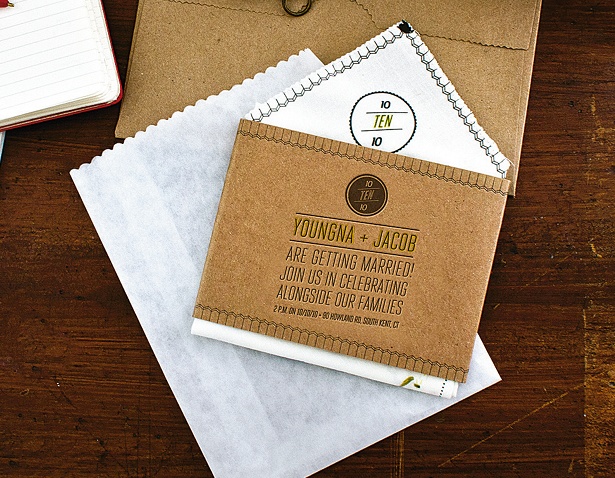
When it comes to self-promotion, it's essential to get out there in the industry and network like your career depends on it. for many, it does. A lot of graduates, of course, get off to a flying start in this respect thanks to the annual showcases held by colleges and universities – as well as events like D&AD's yearly New Blood exhibition and competition. These kind of organised events give you the valuable chance to show off your work to potential employers and clients but, as account director Gemma Ballinger of creative agency Studio Output warns: "The downside is that you are up against all your peers in one place so you really have to stand out."
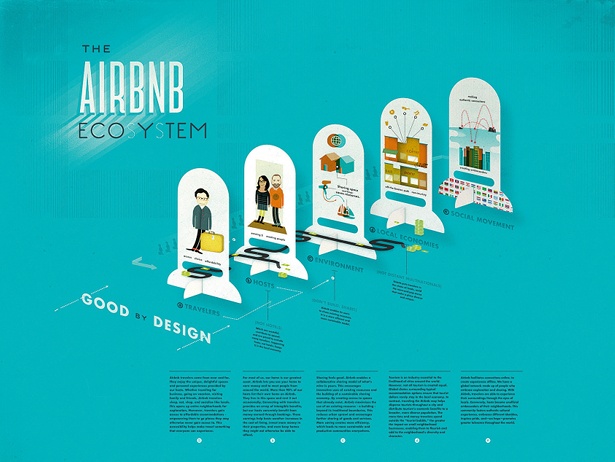
A good idea might be to team up with a bunch of like-minded creatives and stage your own private exhibition, in addition, in a gallery or other space, and then invite clients or potential employers you're interested in to come along to the show. Because the exhibition will be a smaller, more intimate, affair you'll have a much better chance of meeting and talking to people about you and your work. It's also a great opportunity to get a bit of free publicity by inviting correspondents from local and national newspapers, magazines and websites. of course, staging your own exhibition does have its challenges: advanced publicity is absolutely essential if you want the event to be a success and it's a good idea to identify key people at potential companies and organisations so you can make sure they receive a personal invite.
It's also a good idea to stage your event early in the evening so people can head to it on their way home from work – don't forget to include complimentary food and drinks. Chances are you'll need to raise money to hire the space, too, and bear in mind that some galleries will expect a cut of the proceeds if you plan to charge at the door.
Lastly, it goes without saying that your exhibition should also give visitors plenty to see – asking people to trek halfway across town to see a few badly hung pieces in a cold, largely empty space is unlikely to enamour you to them. Another great way to get yourself noticed is to attend industry networking events like Northern Digitals, Glug or See No Evil, which arrange regular get-togethers for creatives at all levels. As Glug co-organiser, Studio Output's Gemma Ballinger, points out: "If you meet someone face-to-face you have immediately jumped three stages ahead. you can make a good impression and be memorable much more easily than emailing and calling for a meeting. People at Glug are willing to talk and expect to be approached – and may be helped along by a few beers," she laughs.
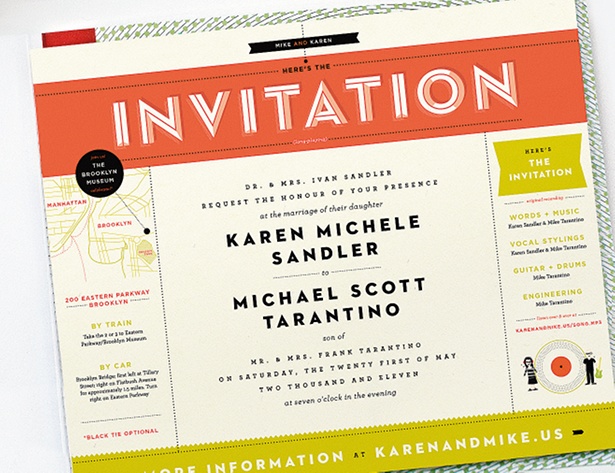
To help you make the most of networking events, it's a good idea to find out who's going in advance so you can identify who you want to talk to when you get there. This gives you the opportunity to establish contact with potential clients, collaborators and employers before you arrive. And if you really don't know anyone, ask the organisers to help introduce you – they want the event to run smoothly, after all.

On the day, make sure you take some business cards with you, and try not to bludgeon the person you're talking to with sales patter or spend the evening stalking them. Be polite, be to the point and then leave them to enjoy the rest of their evening. Assuming you've left a good impression, you can always follow up afterwards with a polite email, along with a copy of your resum and a link to your online portfolio. It goes without saying that your CV and business card should be just as impressive, but we'll look at this in more detail over the page.
Face-to-face networking might be one of the best ways to get yourself known, but you have to be able to back it up with solid evidence of your work – and this is where your online presence comes in. "Having an online portfolio is massively, massively important," insists Laura Jordan Bambach, creative director at Dare. "Without an online portfolio I can't see how you would get a job in the first place. People are too busy to chase you down… and [your portfolio] shouldn't only include your live work, but some of your more experimental work as well."
At the very least you should have examples of your best and most recent work posted on portfolio sites like Behance or Dribbble. "Behance is the best and easiest way to get your work seen by other designers and studios," says Gary Corr, a final year graphic design student from Blackpool and The Fylde College. "Having my work showcased on this site has also led me to being featured on several blog sites, which again gets your work more exposure. I have also been offered several projects from random companies who have happened to come across my work online," he adds.
As well as having a presence on the major folio sites, it's a good idea to have a portfolio website in your own name (www.johnsmith.com, say) that you can add to promotional items like business cards and mailers, as well as include in your email signature and so on. Professional domain names are likely to be shorter and easier to remember than those hosted on third-party sites and will also serve to make you look more professional – something that's especially important if you're a freelancer aiming to win more client work.
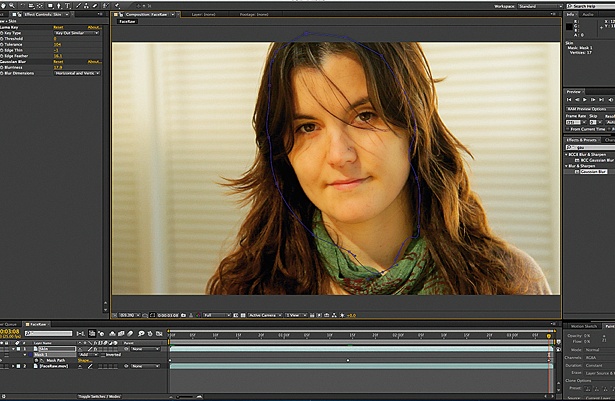
Having your own website also confers a number of other benefits: you will enjoy more creative freedom over your site's look and feel, and can optimise the SEO terms that most matter to you. It also gives you the opportunity to talk about your skills, abilities and professional work in much more detail.
Perhaps the best thing about hosting your own site though is that it's a great platform for spreading the word via other media: you can use it to drive traffic to your site via Twitter, Tumblr and Facebook, or create promotional email newsletters that you can send out regularly to existing or prospective clients. French designer, illustrator and art director Emmanuel Romeuf, for example, has just started sending out a one-page newsletter containing links to projects on his portfolio site using a bulk email app. "The point is to find the pretext to contact people, show your work and make them remember that you're still on the road," he says. Sending out regular emails or newsletters also has another purpose: it'll encourage you to keep making enhancements and adding content to your website: "Make sure that you stay active," advises US designer and illustrator Karen Dessire. "You don't want people thinking you're no longer open for business."
While it's a good idea to spread the word as far and wide as possible, you also need to be wary of diluting your message and confusing would-be clients and employers with too diverse a range of approaches. Andy Bradshaw, creative director of boutique branding agency Oneighty says: "You need to find your medium, but use as many communications in a unified manner as possible." In other words, think of yourself as a brand and then approach self-promotion in a way any self-respecting brand would by using coherent, consistent messaging to get your point across.
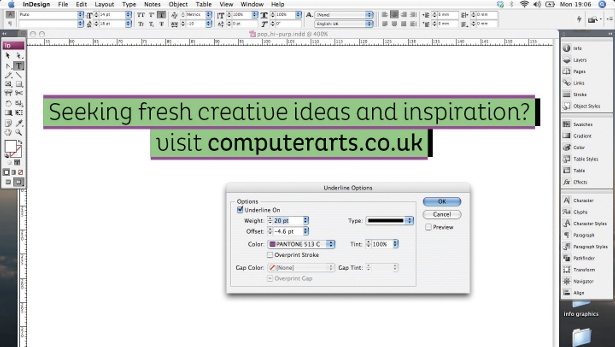
One of the most effective ways for any designer to promote themselves is to create a bespoke, highly-targeted mailer that's geared at getting the recipient's attention. These can be anything from postcards, greeting cards and calendars to elaborate paper-and-card constructions, even bars of chocolate or handmade cakes. As Studio Output's Ballinger explains, there's always a bit of excitement in the office when a brilliant mailer from a prospective intern or employee arrives: "We had a great screenprinted, very long poster recently, which was excellent and got us all around the table to look at it," she says. "Someone also came in with a bunch of black balloons and a pin. When we popped the balloons his contact details were on a piece of paper inside – it was quite weird, but definitely memorable."
One of the reasons why mailers and unconventional approaches like these can be successful is their novelty value. In an overwhelmingly digital world, receiving a well-designed mailer has a cachet about it that an email or generic CV-and-application- letter rarely has. "We've been sent everything from socks to apps to tea bags," says Meghan Hagerty of The Partners, "but what really impresses us is people's passion and hard work as well as their creativity."
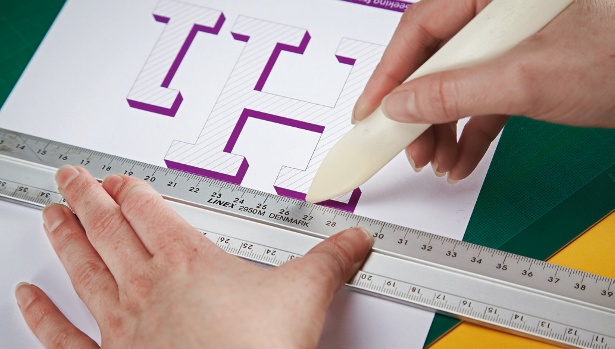
Don't fall at the first hurdle though – check your work before you send it: "The idea is only 10 per cent. The other 90 per cent is craft and how you deliver it," Hagerty continues. "A lot of things that get sent through are good ideas, but the craft is often lazy and the presentation is poor." The line between attention-grabbing novelty and off-putting gimmick can also be very fine: "We've received a few things recently that have been dire. One was an email with a picture of a hamster with a pancake on its head. Really?"
As a flipside to the 'before' promo is the 'after' or 'leave-behind' promo – such as a beautifully designed business card, booklet or other keepsake that you give to a prospective client or employer at the end of a face-to-face meeting. "When discussing a self-promotion piece in my portfolio I also pull out a tangible form that the client can keep," explains US graphic designer Lauren Frankowski. "It's a way they can remember me as a person and as a designer, as well my contact info."
Another way to shift your self-promotional work up a gear is to capture the imagination of newspapers, websites and magazines. Self-initiated projects, unique collaborations with other creatives and unusual exhibitions are often newsworthy, especially if they're based on new, original ideas or offer a different spin on old ones. Again, physical mailers are more likely to be noticed than a stock email or press release, but make sure you include your contact details and an easy way for newsdesks to get access to the information they need.
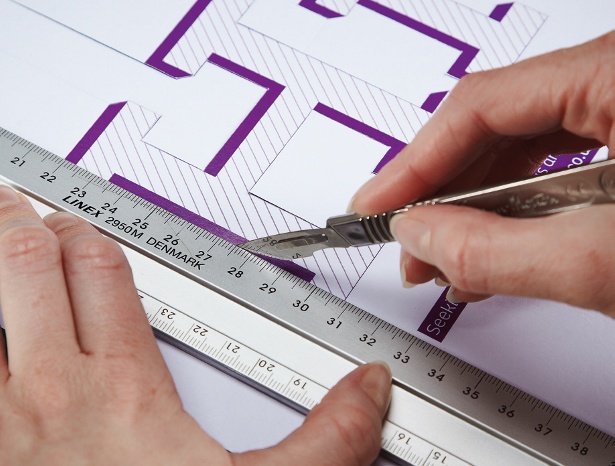
If you're a motion graphics designer or animator, there are all kinds of other possibilities, but a showreel containing extracts from your best work is clearly the most important place to start – with content seeded on Vimeo, YouTube and so on, and promoted through other media both online and offline. A fast way to attract attention, of course, is to create something so brilliant it goes viral – but of course knowing what's going to be picked up, when, how and by whom is virtually impossible to predict.
For anyone looking to raise their profile, Frankowski concludes with some sound advice: "When creating a self-promotion piece it's important to stay true to yourself as a designer," she says. "Design in a way that represents you as a person: your personality, your design aesthetic, and the power of the message. It's important to design in a way that is comfortable to you as a designer. It is a chance to show off your creativity and design ability."
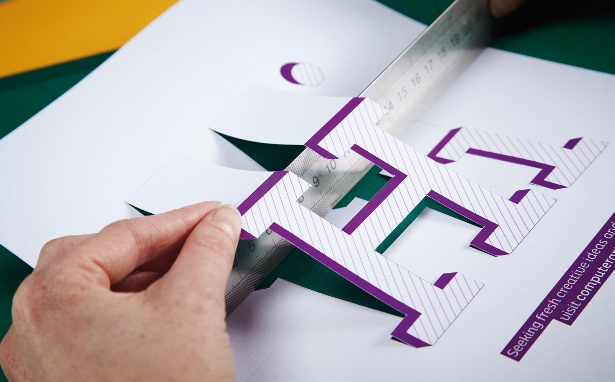
Discover 10 top examples of letterpress business cards over at Creative Bloq.
Related articles
Writing A Notice Of Moving Out
Source: https://www.creativebloq.com/computer-arts/get-yourself-noticed-11127753
Posted by: cornwellhimiland.blogspot.com

0 Response to "Writing A Notice Of Moving Out"
Post a Comment